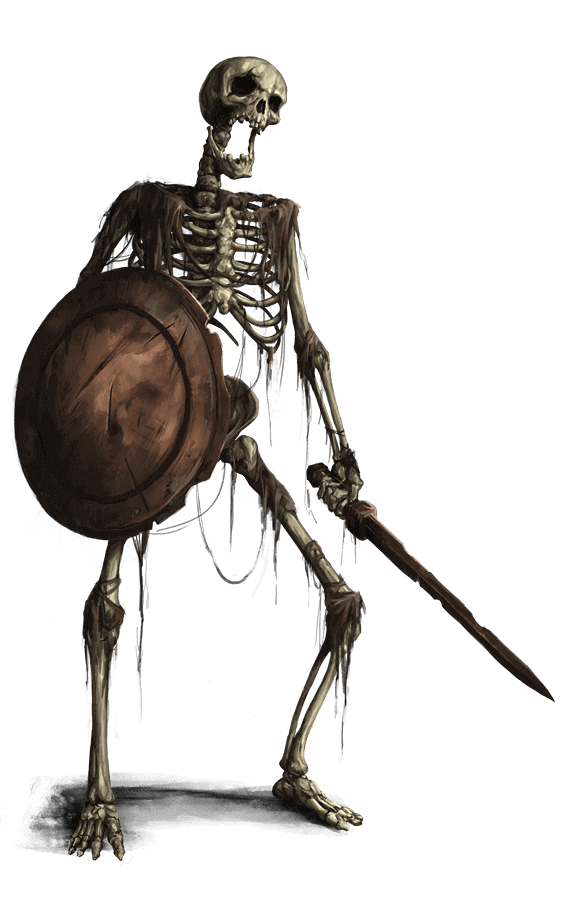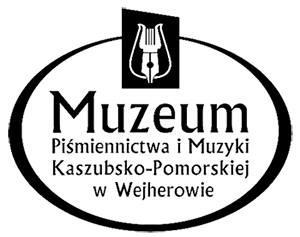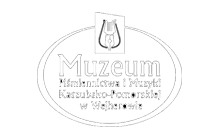
Wieszczi
Even at the beginning of the 20th century, in Kashubia, there were cases where the corpses of the deceased were dug up and their heads cut off with a special peat shovel.People believed that these were the so-called wieszczi or òpi, who – after death – rose from the grave to kill members of their family. A man who could become a wieszczi after his death was recognizable at birth – when he was born with a caul on his head, it was a bad sign. The caul had to be burnt, the dust was mixed with water and after a few days the mixture was to be drunk by the new-born.After death, the man was closely watched in the coffin – when he turned red in the face, a piece of a fishing net – among other things – had to be put in his casket, so that he could keep himself busy untangling the knots, or a page from a prayer book with a litany on it, but without the word ‘amen’, so that his prayer would never end. Òpi, on the other hand, was born with two teeth that had to be knocked out immediately.If òpi came out of the tomb and rang the bell in the church, everyone who heard the sound – died. When no security measures helped, the body of wieszczi or òpi had to be dug up, and the head – cut off...






